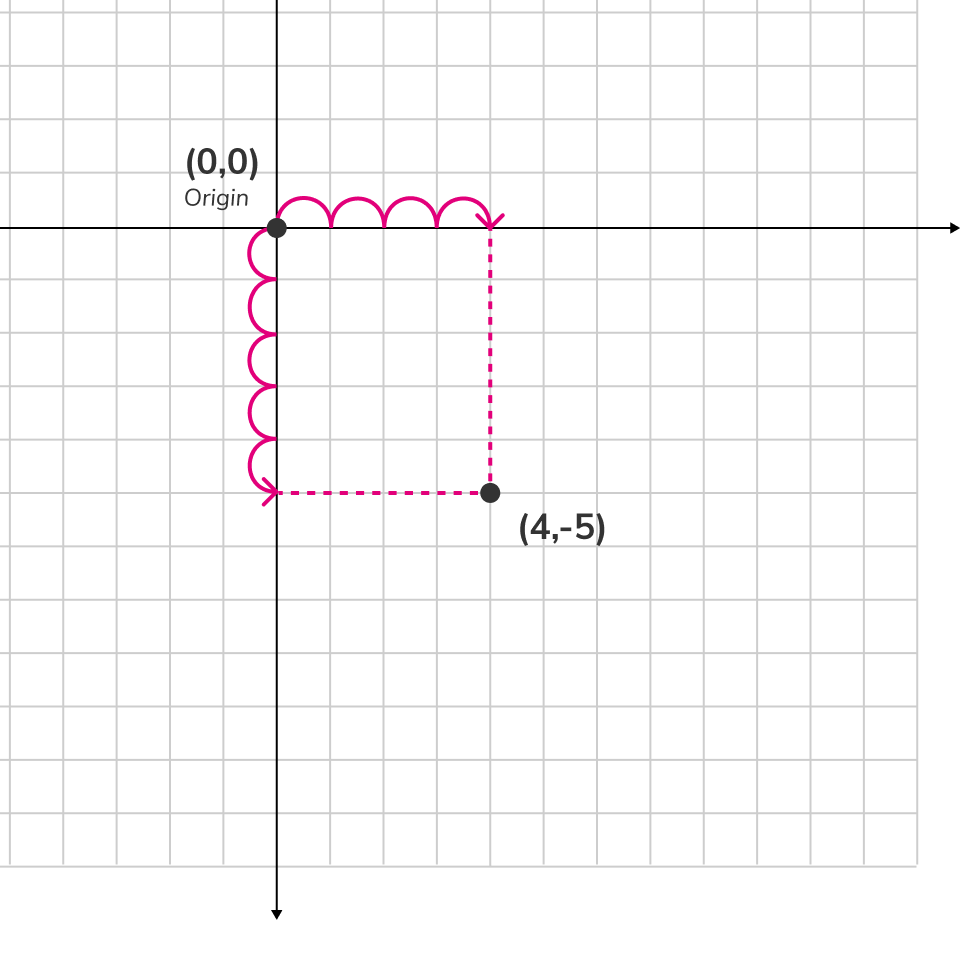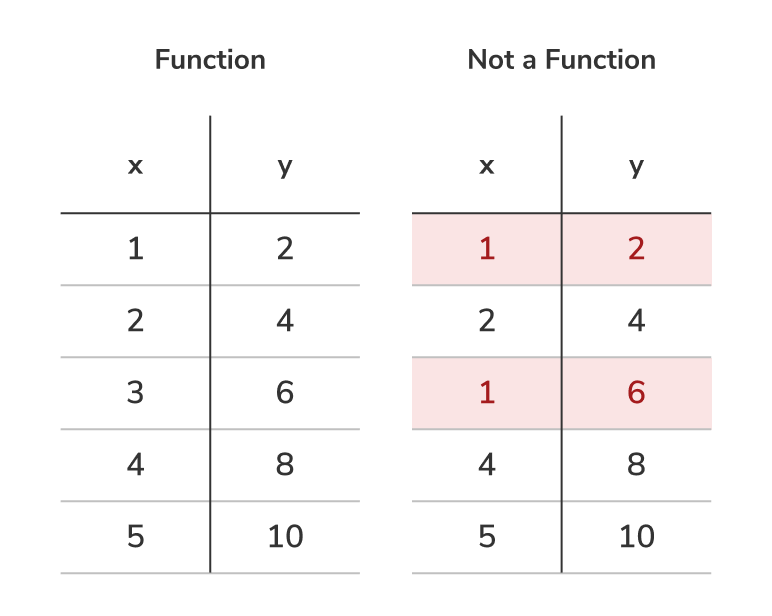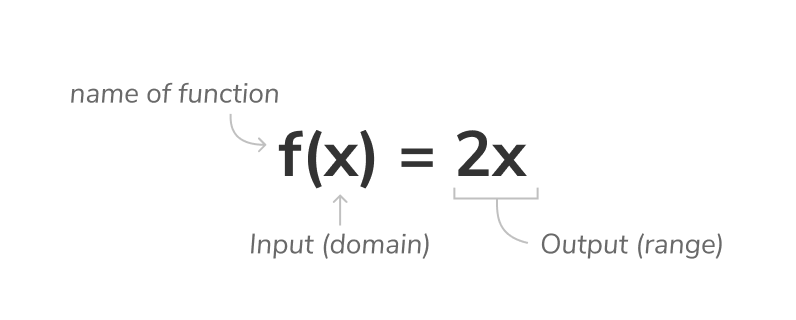Tiger Algebra Calculator
Domain range and relation from ordered pairs
In order to find the domain and range of ordered pairs and determine whether they are functions, we need to first understand a few key concepts.
Ordered pair
An ordered pair is represented by two numbers that are written in a specific order, usually in parentheses, with a comma between them. For example: is an ordered pair. On an xy-plane—also called a Cartesian plane—an ordered pair represents the location of a point, where the first number in parentheses is the x-coordinate of the point and the second number is the y-coordinate of the point: . In this case:
To map these coordinates on a plane, we move outwards from the plane's origin to the right or left on the x-axis, or up or down on the y-axis.

Relation A relation describes how ordered pairs are related and, more specifically, whether or not they are functions. A relation between ordered pairs is a function if it has only one y-value (output) for each x-value (input). If an x-value has more than one y-value, then the relation is not a function.

Function A function is a relation that takes a chosen input and creates an output. For example, the function multiplies every input by to create an output. A relation between ordered pairs is a function if it has only one y-value (output) for each x-value (input). If an x-value has more than one y-value, then the relation is not a function.
Domain The domain represents all the possible inputs for a variable of a function. It is considered an independent variable because it represents the quantity being manipulated and is not dependent on any other factor. Its value is represented by the first number in an ordered pair. For example, in the input , is the domain.
Range The range represents all the possible outputs of a function. It is considered a dependant variable because it is dependent on how the independent variable is manipulated. Its value is represented by the second number in an ordered pair. In the ordered pair , is the range.

Ordered pair
An ordered pair is represented by two numbers that are written in a specific order, usually in parentheses, with a comma between them. For example: is an ordered pair. On an xy-plane—also called a Cartesian plane—an ordered pair represents the location of a point, where the first number in parentheses is the x-coordinate of the point and the second number is the y-coordinate of the point: . In this case:
To map these coordinates on a plane, we move outwards from the plane's origin to the right or left on the x-axis, or up or down on the y-axis.

Relation A relation describes how ordered pairs are related and, more specifically, whether or not they are functions. A relation between ordered pairs is a function if it has only one y-value (output) for each x-value (input). If an x-value has more than one y-value, then the relation is not a function.

Function A function is a relation that takes a chosen input and creates an output. For example, the function multiplies every input by to create an output. A relation between ordered pairs is a function if it has only one y-value (output) for each x-value (input). If an x-value has more than one y-value, then the relation is not a function.
Domain The domain represents all the possible inputs for a variable of a function. It is considered an independent variable because it represents the quantity being manipulated and is not dependent on any other factor. Its value is represented by the first number in an ordered pair. For example, in the input , is the domain.
Range The range represents all the possible outputs of a function. It is considered a dependant variable because it is dependent on how the independent variable is manipulated. Its value is represented by the second number in an ordered pair. In the ordered pair , is the range.

